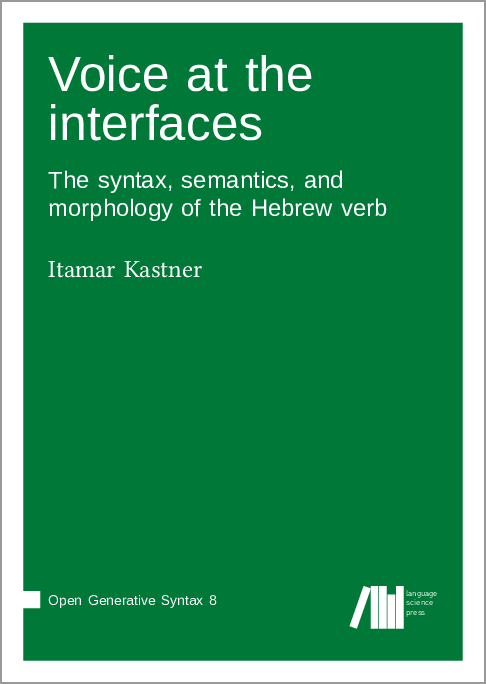In der letzten Zeit sind u.a. diese frei verfügbaren Titel erschienen:
A Handbook and Reader of Ottoman Arabic
Esther-Miriam Wagner (ed.) | https://doi.org/10.11647/OBP.0208
Written forms of Arabic composed during the era of the Ottoman Empire present an immensely fruitful linguistic topic. Extant texts display a proximity to the vernacular that cannot be encountered in any other surviving historical Arabic material, and thus provide unprecedented access to Arabic language history.
This rich material remains very little explored. Traditionally, scholarship on Arabic has focussed overwhelmingly on the literature of the various Golden Ages between the 8th and 13th centuries, whereas texts from the 15th century onwards have often been viewed as corrupted and not worthy of study. The lack of interest in Ottoman Arabic culture and literacy left these sources almost completely neglected in university courses.
This volume is the first linguistic work to focus exclusively on varieties of Christian, Jewish and Muslim Arabic in the Ottoman Empire of the 15th to the 20th centuries, and present Ottoman Arabic material in a didactic and easily accessible way. Split into a Handbook and a Reader section, the book provides a historical introduction to Ottoman literacy, translation studies, vernacularisation processes, language policy and linguistic pluralism. The second part contains excerpts from more than forty sources, edited and translated by a diverse network of scholars.
The material presented includes a large number of yet unedited texts, such as Christian Arabic letters from the Prize Paper collections, mercantile correspondence and notebooks found in the Library of Gotha, and Garshuni texts from archives of Syriac patriarchs.
Brushed in Light: Calligraphy in East Asian Cinema
Markus Nornes | https://doi.org/10.3998/mpub.11373292
Drawing on a millennia of calligraphy theory and history, Brushed in Light examines how the brushed word appears in films and in film cultures of Korea, Japan, Taiwan, Hong Kong, and PRC cinemas. This includes silent era intertitles, subtitles, title frames, letters, graffiti, end titles, and props. Markus Nornes also looks at the role of calligraphy in film culture at large, from gifts to correspondence to advertising. The book begins with a historical dimension, tracking how calligraphy is initially used in early cinema and how it is continually rearticulated by transforming conventions and the integration of new technologies. These chapters ask how calligraphy creates new meaning in cinema and demonstrate how calligraphy, cinematography, and acting work together in a single film. The last part of the book moves to other regions of theory. Nornes explores the cinematization of the handwritten word and explores how calligraphers understand their own work.
Voice at the interfaces: The syntax, semantics, and morphology of the Hebrew verb
Itamar Kastner | https://doi.org/10.5281/zenodo.3865067 | https://langsci-press.org/catalog/book/271
This books presents the most comprehensive description and analysis to date of Hebrew morphology, with an emphasis on the verbal templates. Its aim is to develop a theory of argument structure alternations which is anchored in the syntax but has systematic interfaces with the phonology and the semantics. Concretely, the monograph argues for a specific formal system centered around possible values of the head Voice. The formal assumptions are as similar as possible to those made in work on non-Semitic languages. The first part of the book (four chapters) is devoted to Hebrew; the second part (two chapters) compares the current theory with other approaches to Voice and argument structure in the recent literature.


